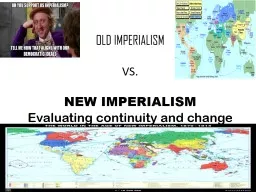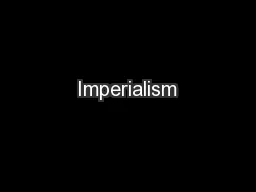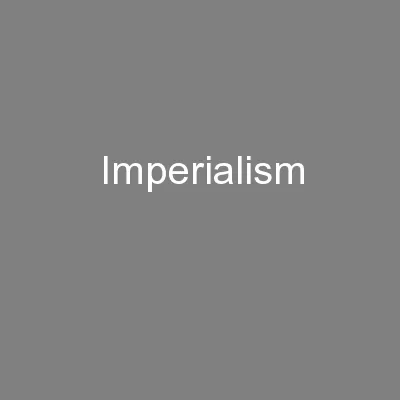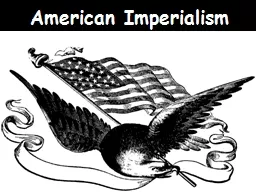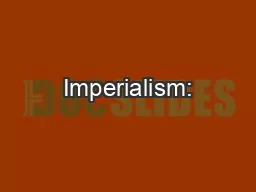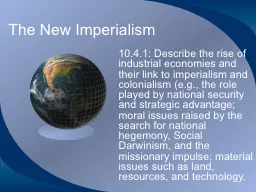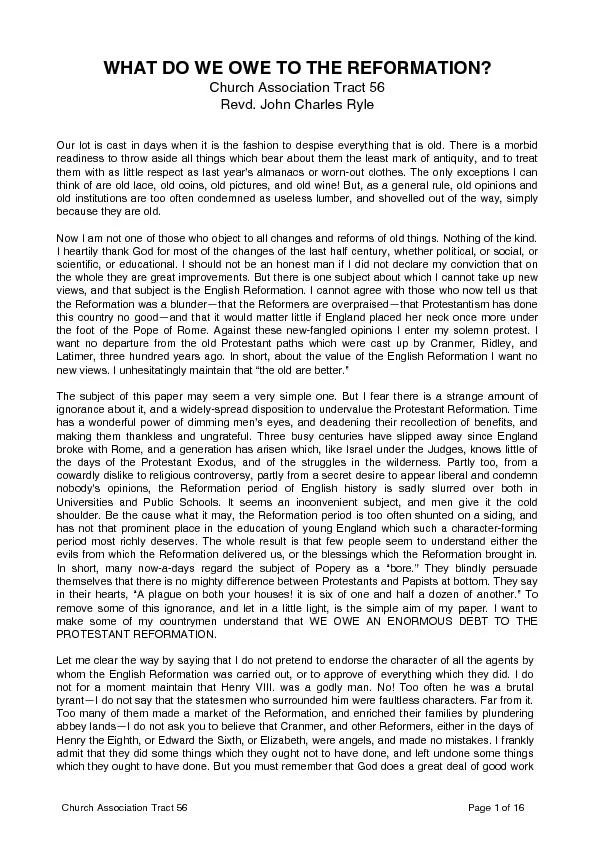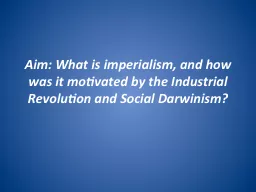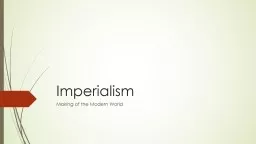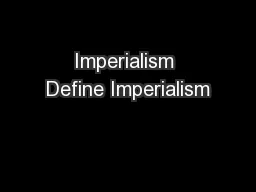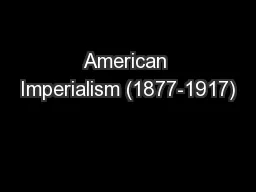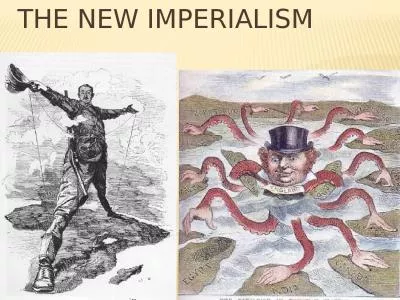PPT-OLD IMPERIALISM VS. NEW IMPERIALISM
Author : test | Published Date : 2019-02-17
Evaluating continuity and change AFRICA 1850 AFRICA 1900 Definition of Imperialism The domination by one country of the political government amp laws economic
Presentation Embed Code
Download Presentation
Download Presentation The PPT/PDF document "OLD IMPERIALISM VS. NEW IMPERIALISM" is the property of its rightful owner. Permission is granted to download and print the materials on this website for personal, non-commercial use only, and to display it on your personal computer provided you do not modify the materials and that you retain all copyright notices contained in the materials. By downloading content from our website, you accept the terms of this agreement.
OLD IMPERIALISM VS. NEW IMPERIALISM: Transcript
Download Rules Of Document
"OLD IMPERIALISM VS. NEW IMPERIALISM"The content belongs to its owner. You may download and print it for personal use, without modification, and keep all copyright notices. By downloading, you agree to these terms.
Related Documents

